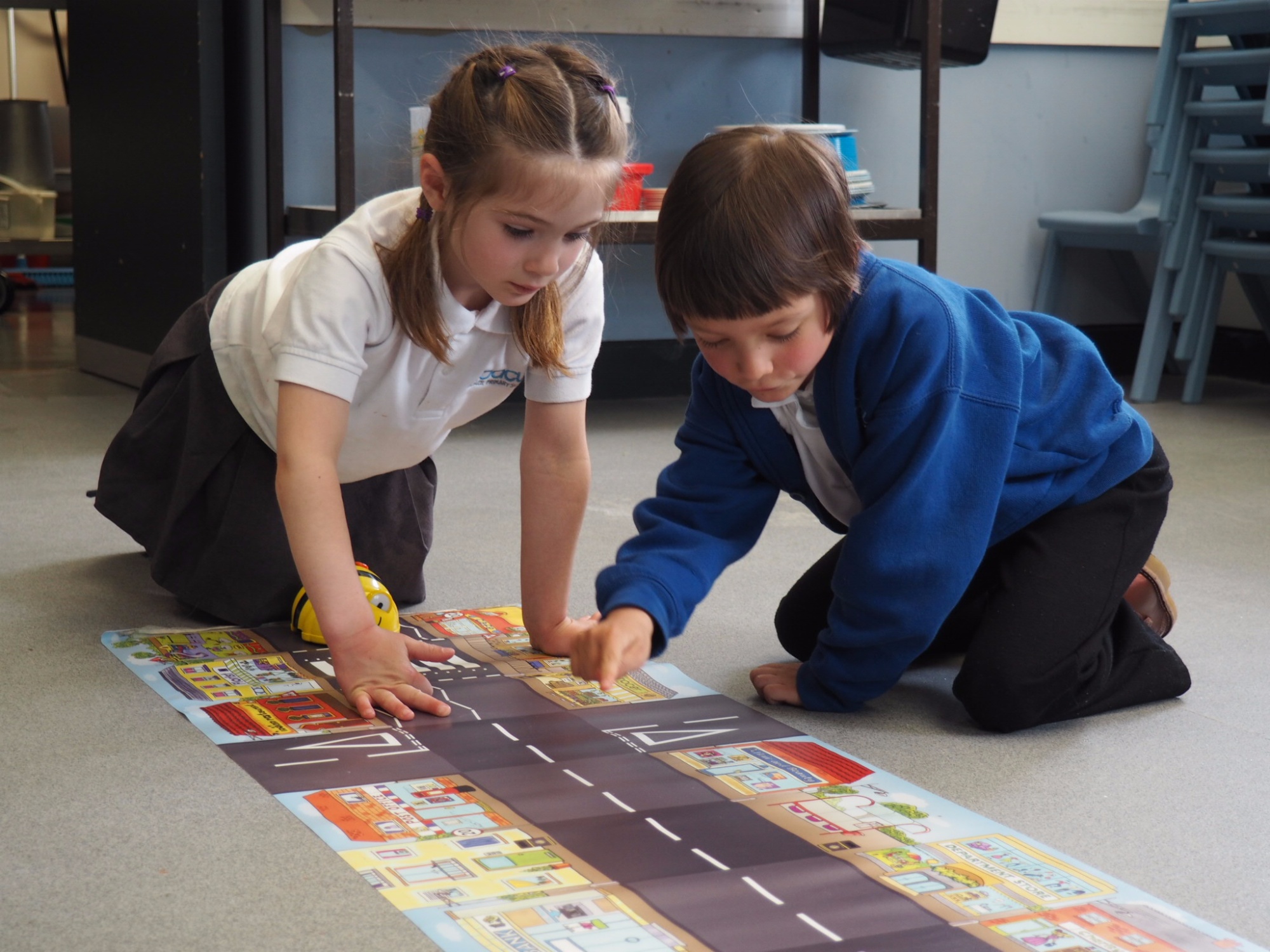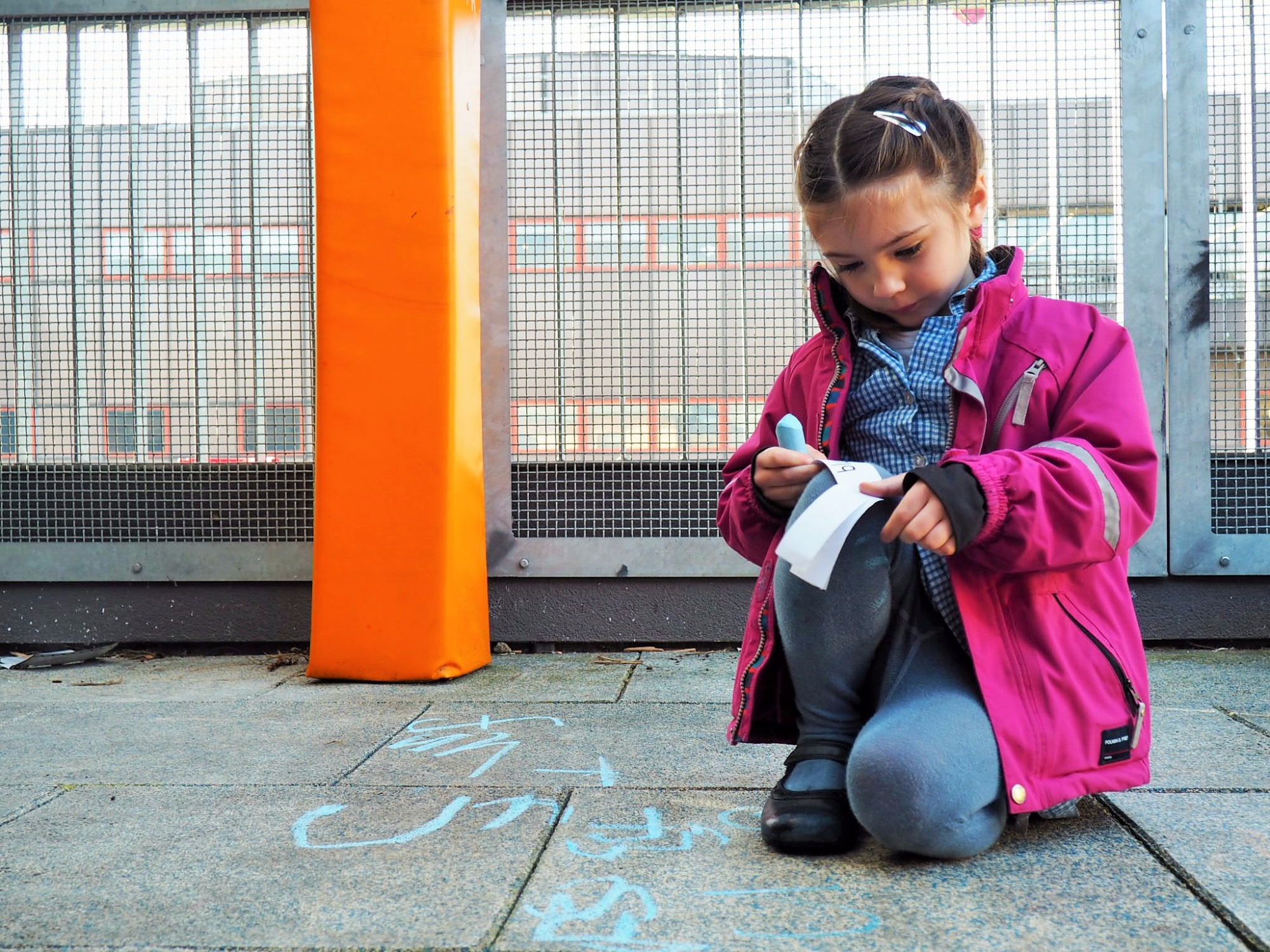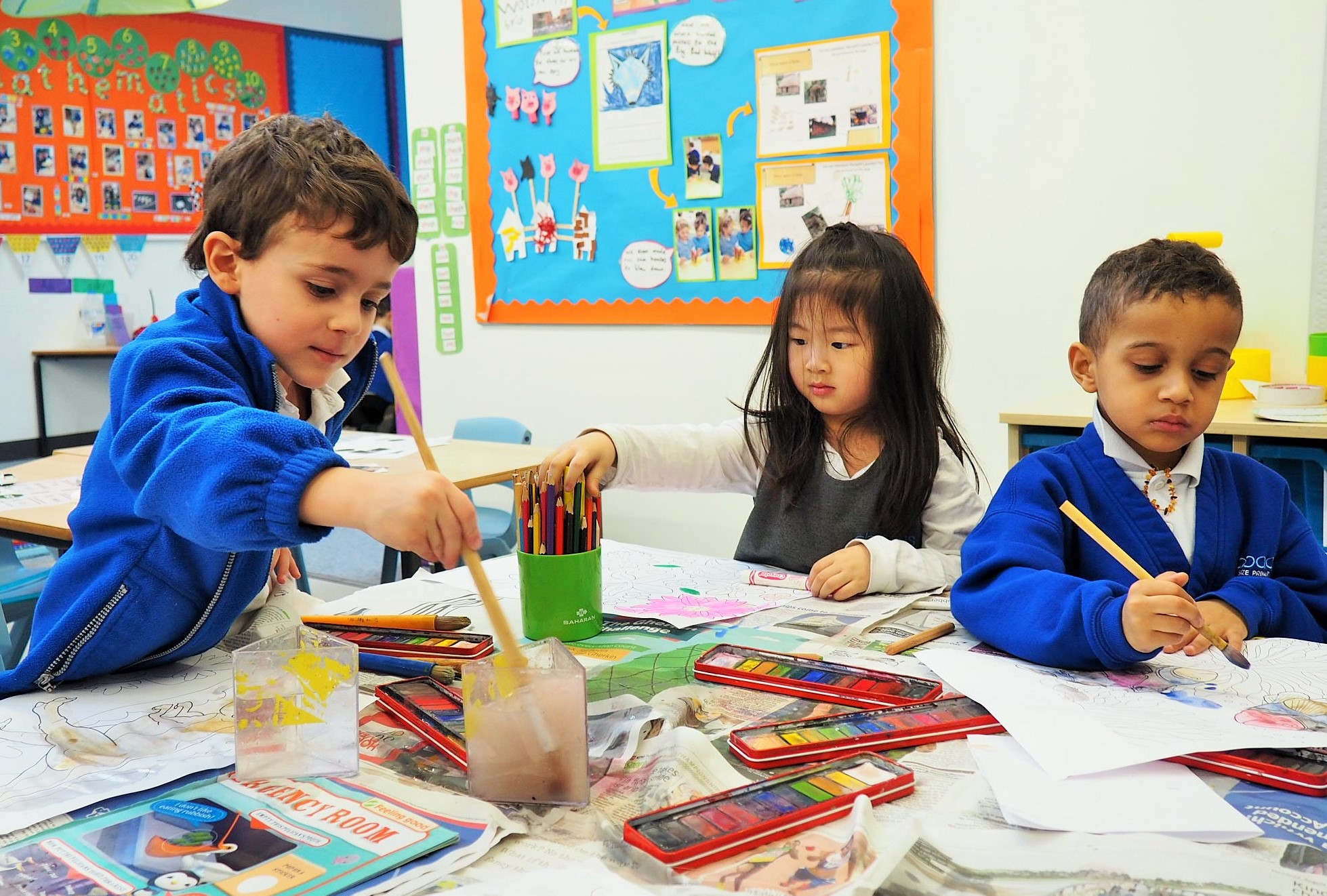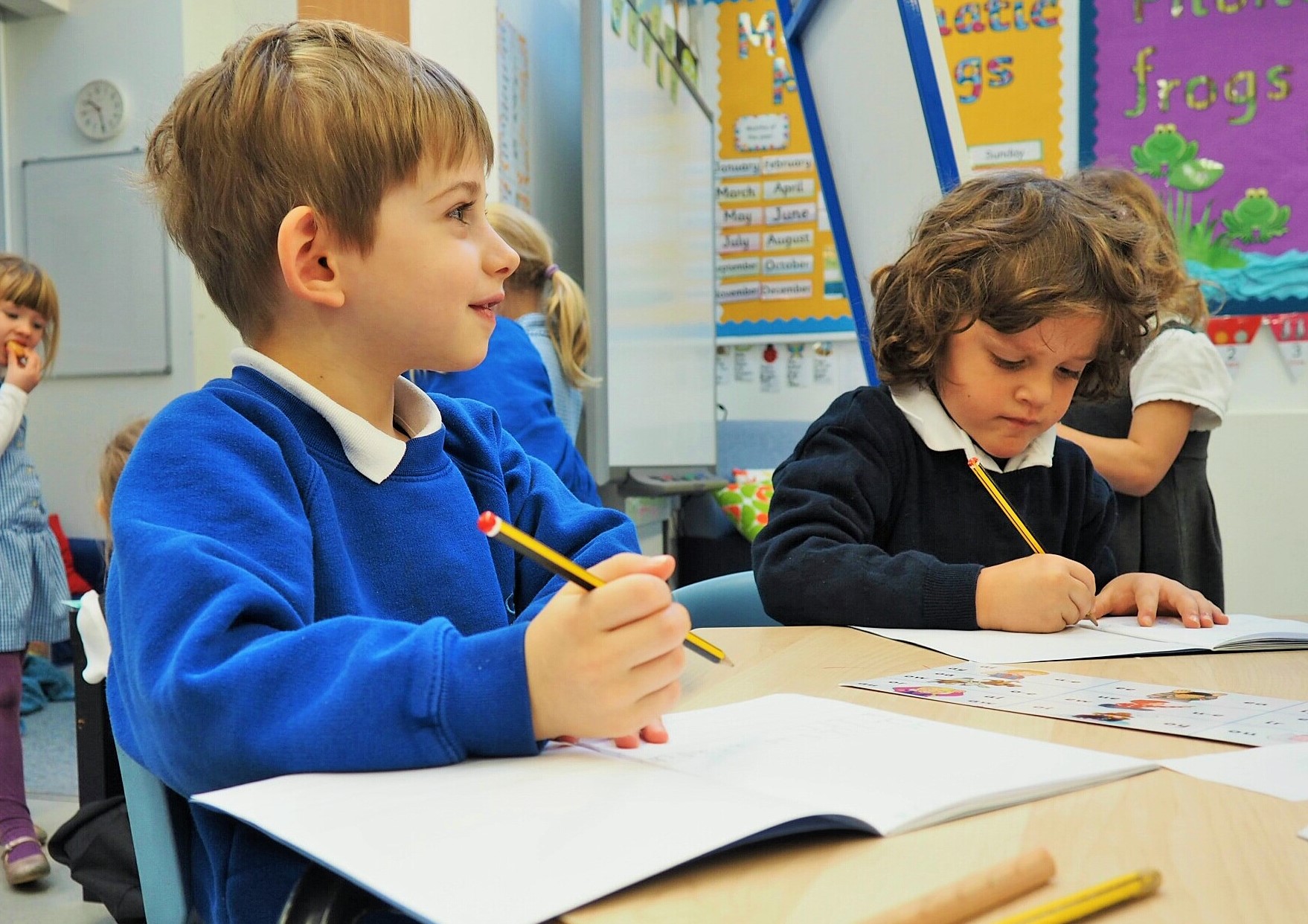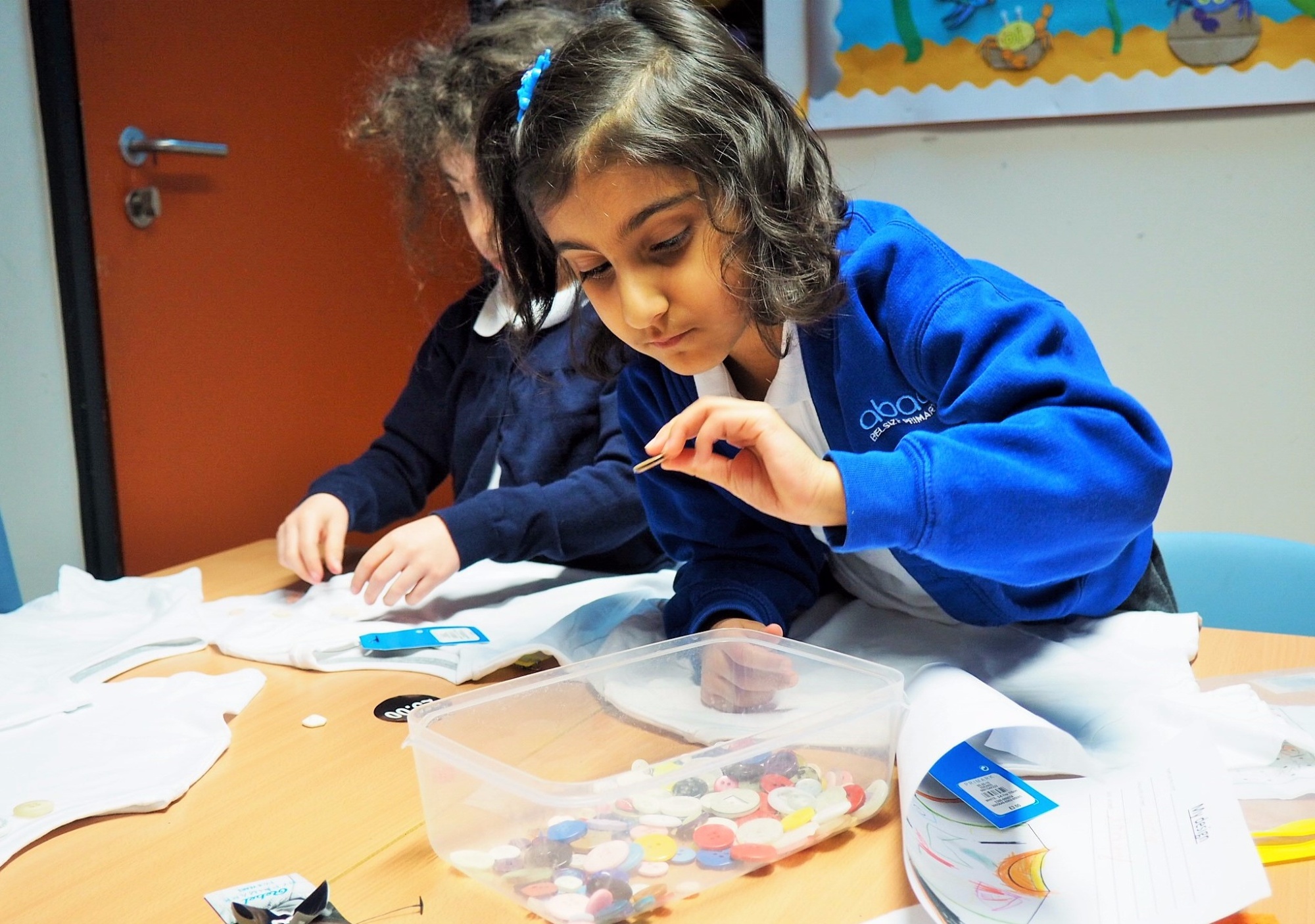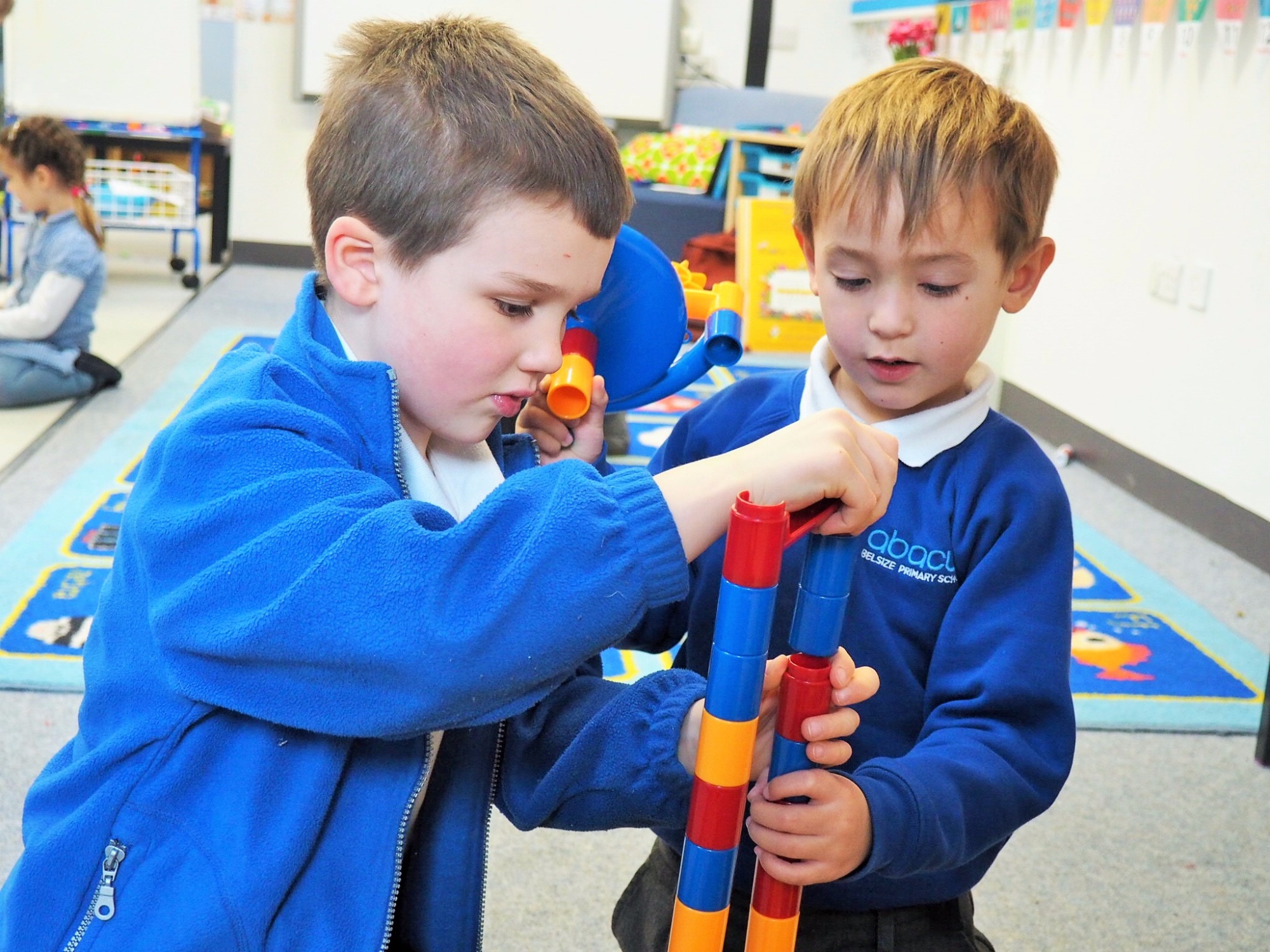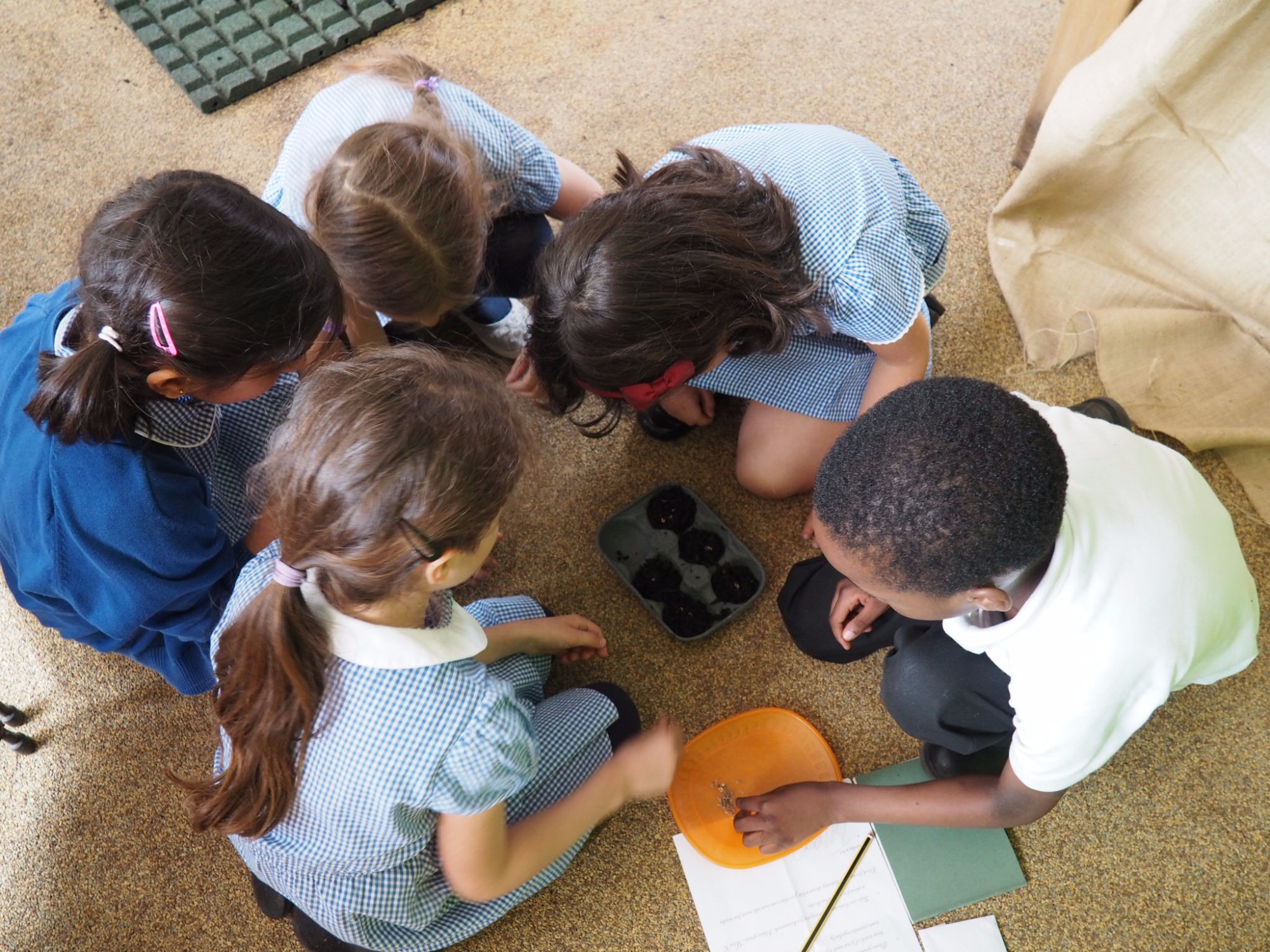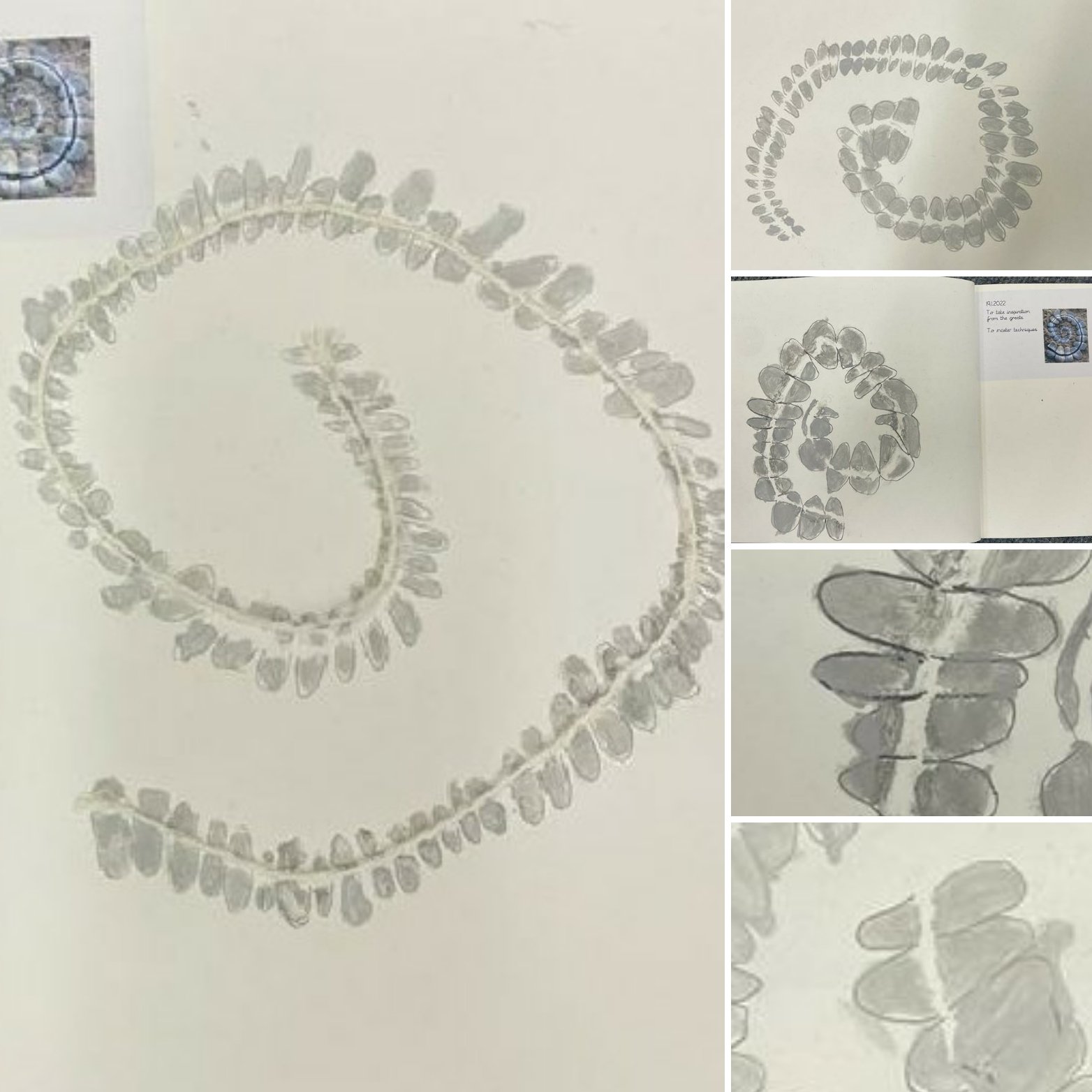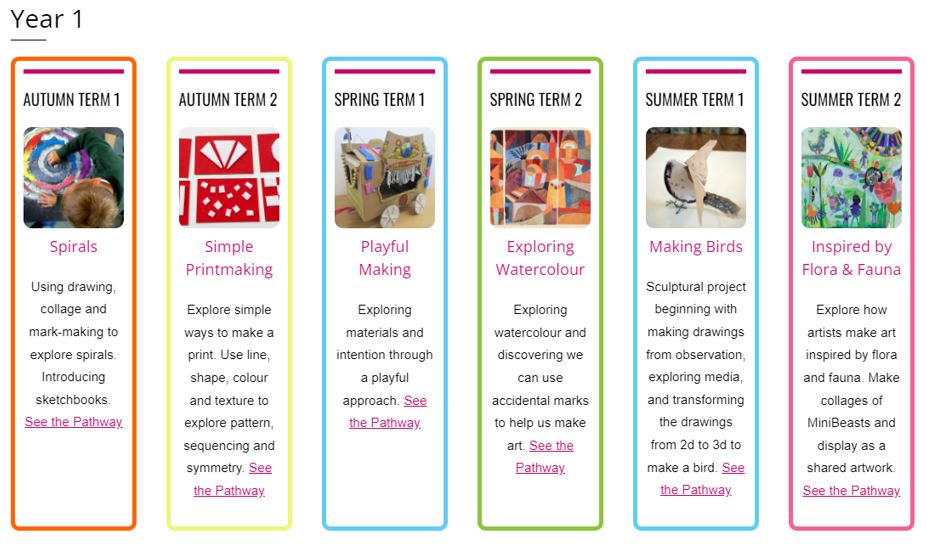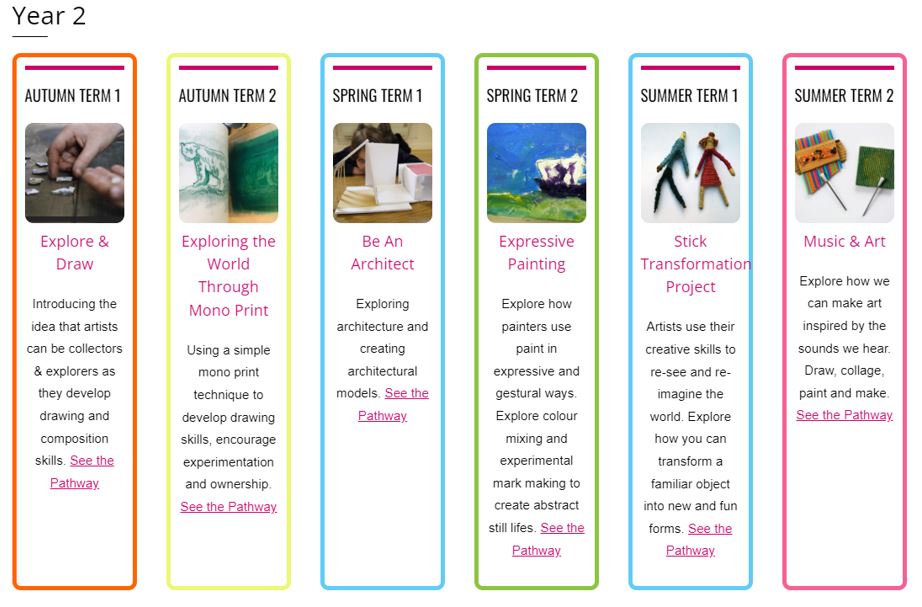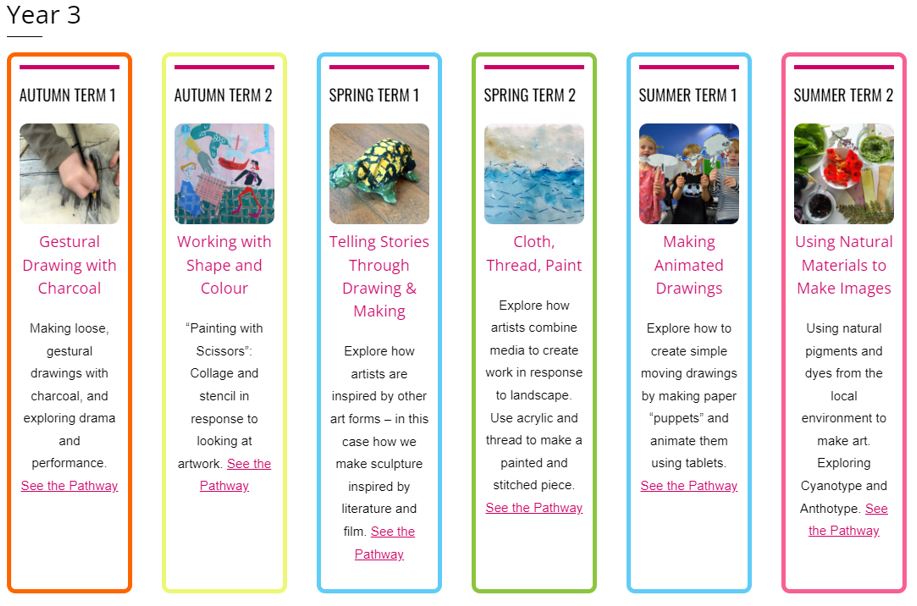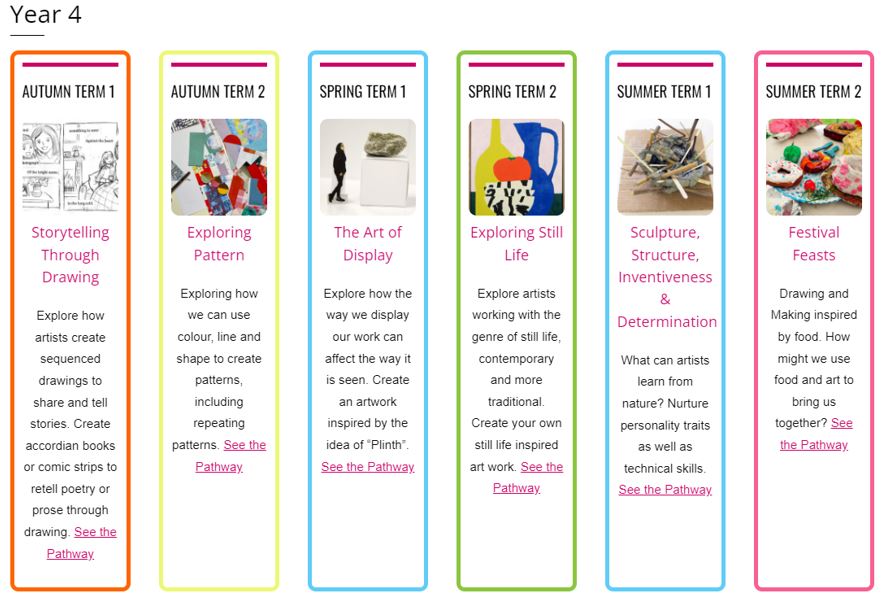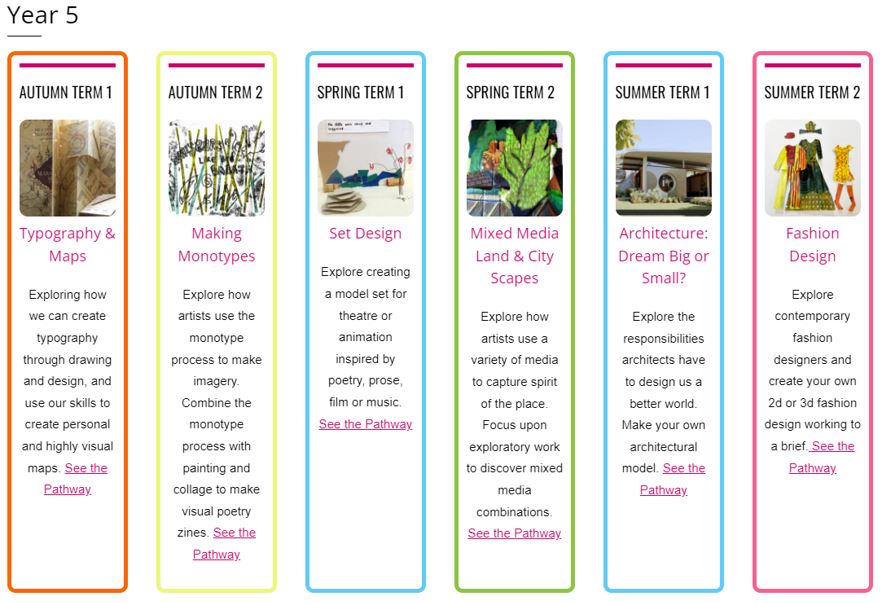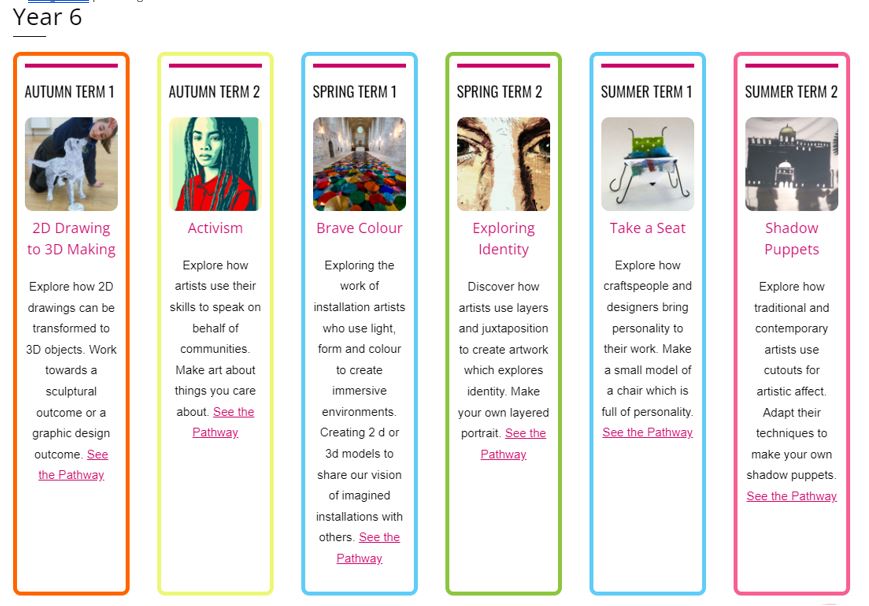Art
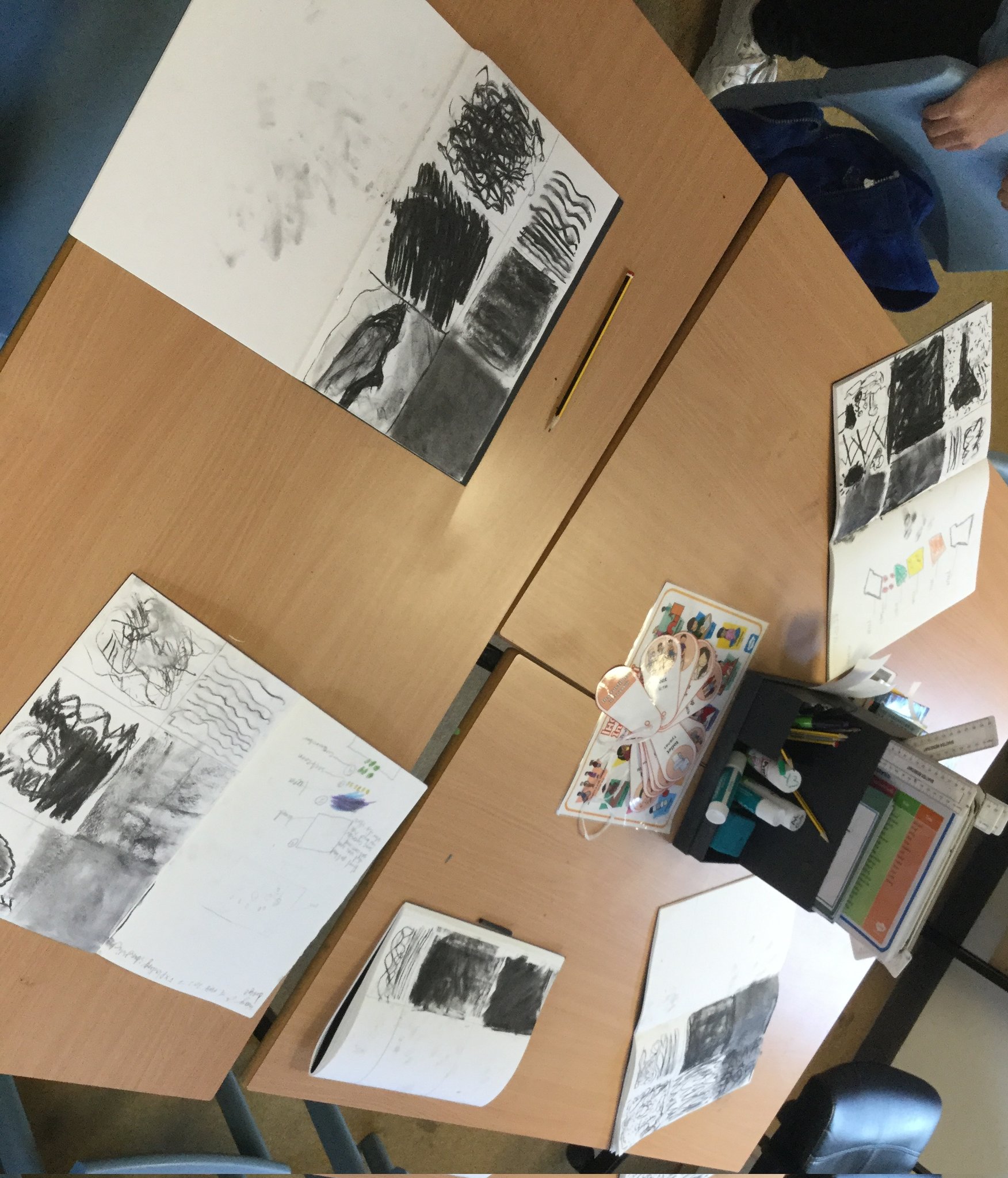
Children at Abacus THRIVE because they are sculptors, painters, artists, creators and dreamers. They show independence, initiative and originality which they use to develop their creativity, taking inspiration from artists, craft makers and designers.
"In year 2, we did continuous line drawing and now we're using it in year 3, which makes the learning stick. We drew Mr Elgar! I remember how the artist used charcoal to go over her mistakes. That gave me confidence to make mistakes." - Year 3 pupil
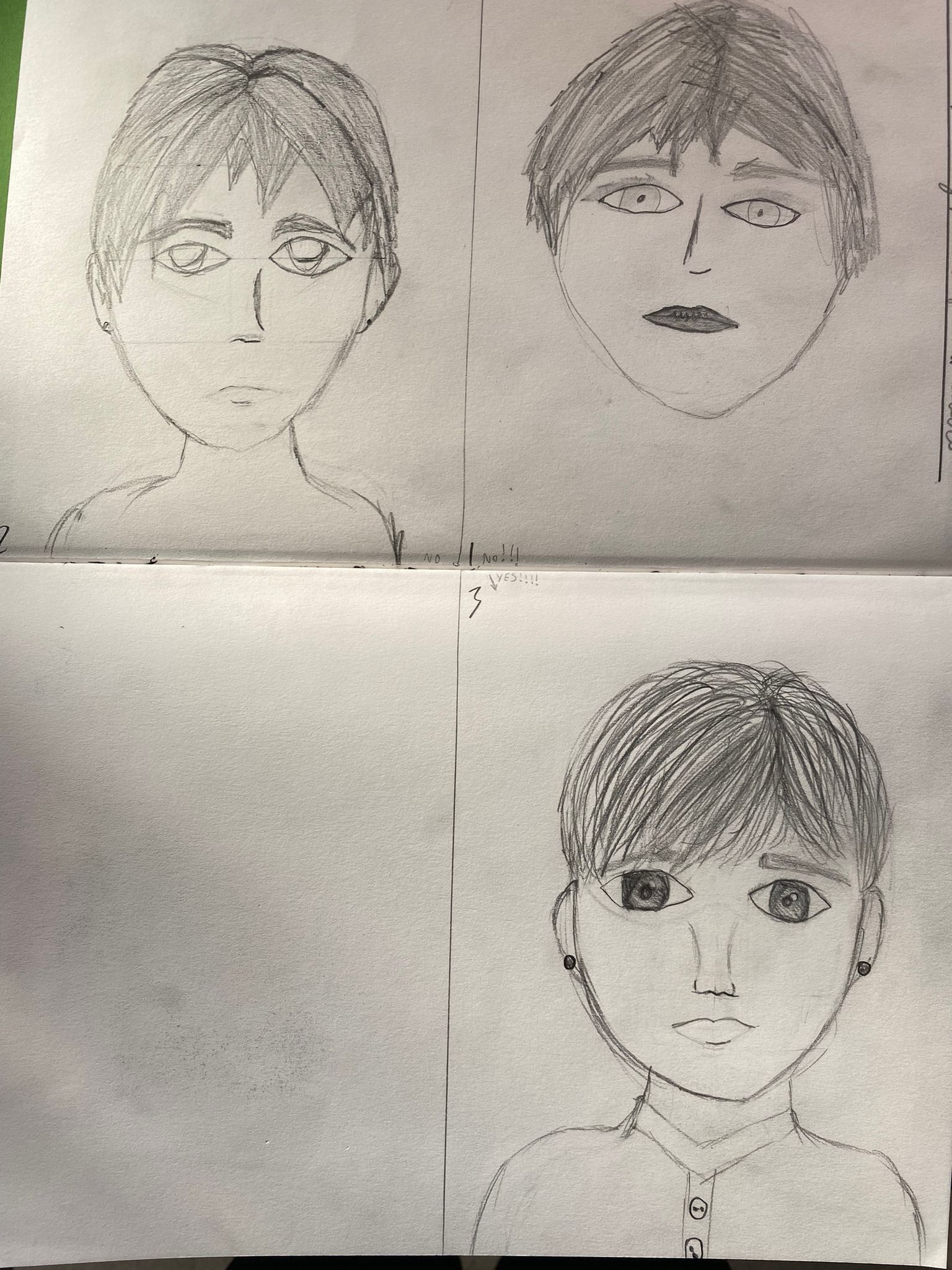
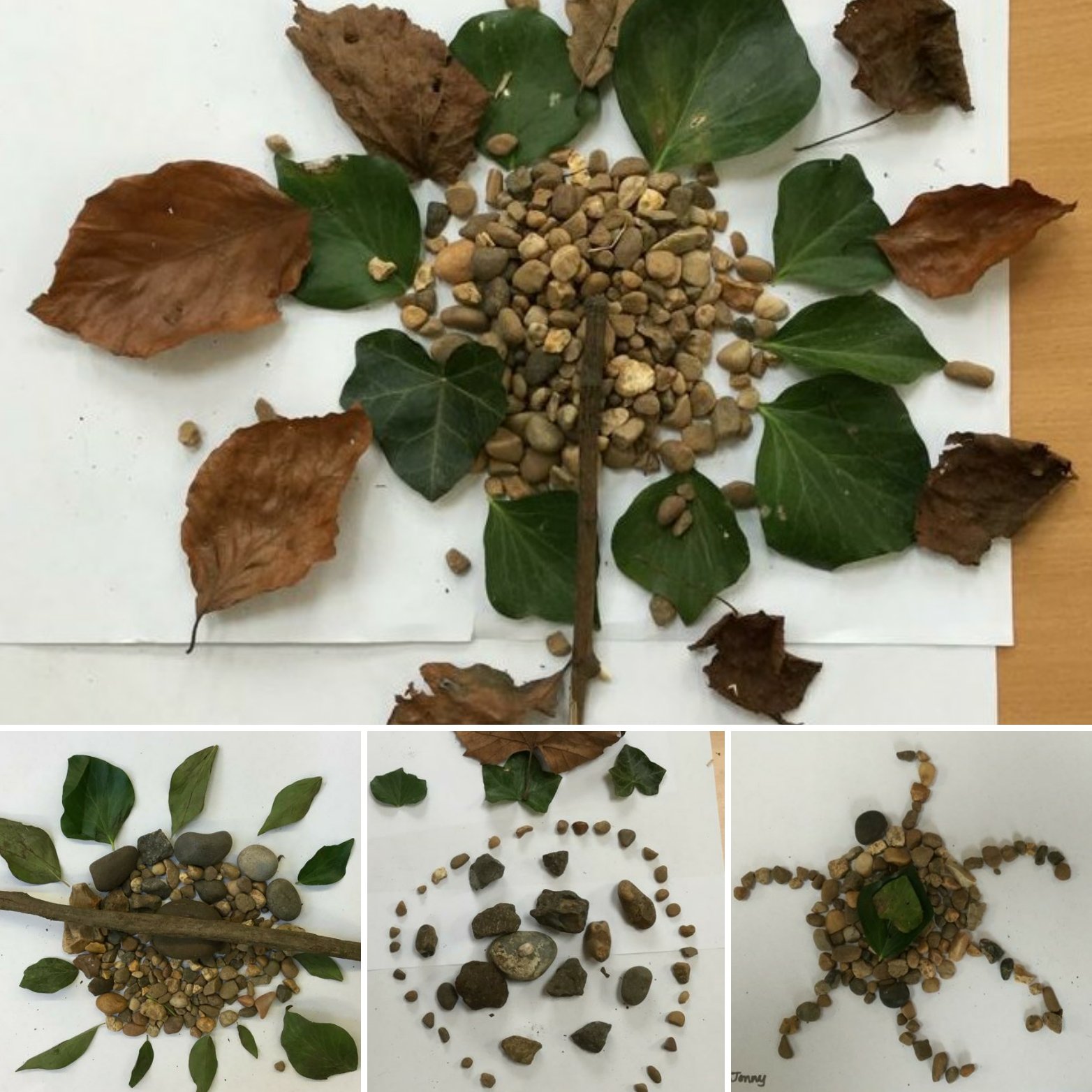
Art in nature as an inspiration for sketching
Intent
It’s our aim that by the time every child leaves Abacus Belsize primary school they can feel as if they have found an area of the visual arts that is relevant and engaging to them – that might be through drawing, or making, or designing, or talking about art.
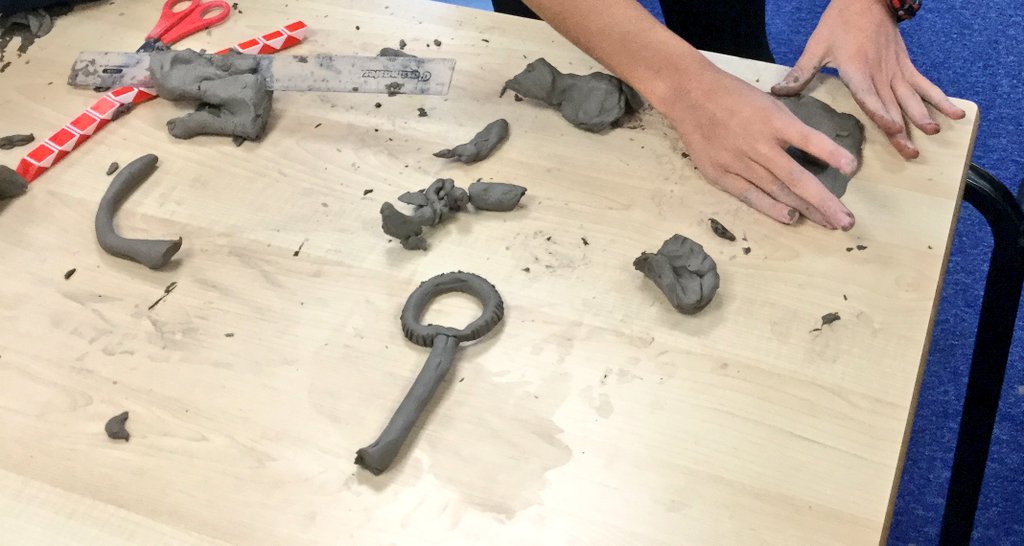
To achieve this we have created as many different kinds of opportunities as possible so that each child can find the thing which strikes a chord with them. That means covering lots of different disciplines, techniques, materials and approaches.
In practice, that might mean one day a child is practising observational drawing skills, another day they are working from their imagination making larger scale images, and another day they are discussing as a class how the context in which art is presented can change it’s meaning. The richness and relevance of experience makes learning memorable and impactful.
Across all years from EYFS to Year 6 the children will learn skills in drawing, the use of sketchbooks, printmaking, painting, collage, making and using art for a purpose. Across the curriculum children will learn about prominent artists, both historical and up to date as well as accessing local artists. We use the wealth of galleries available to us on our doorstep too.
When a child leaves Year 6 and you ask them “What does being creative mean to you?” we want them to be able to answer with confidence and self-knowledge.
We’ve thought carefully about the purpose of art. Not just in relation to the purpose of teaching art in school but the relevance of art in all our lives.
Implementation
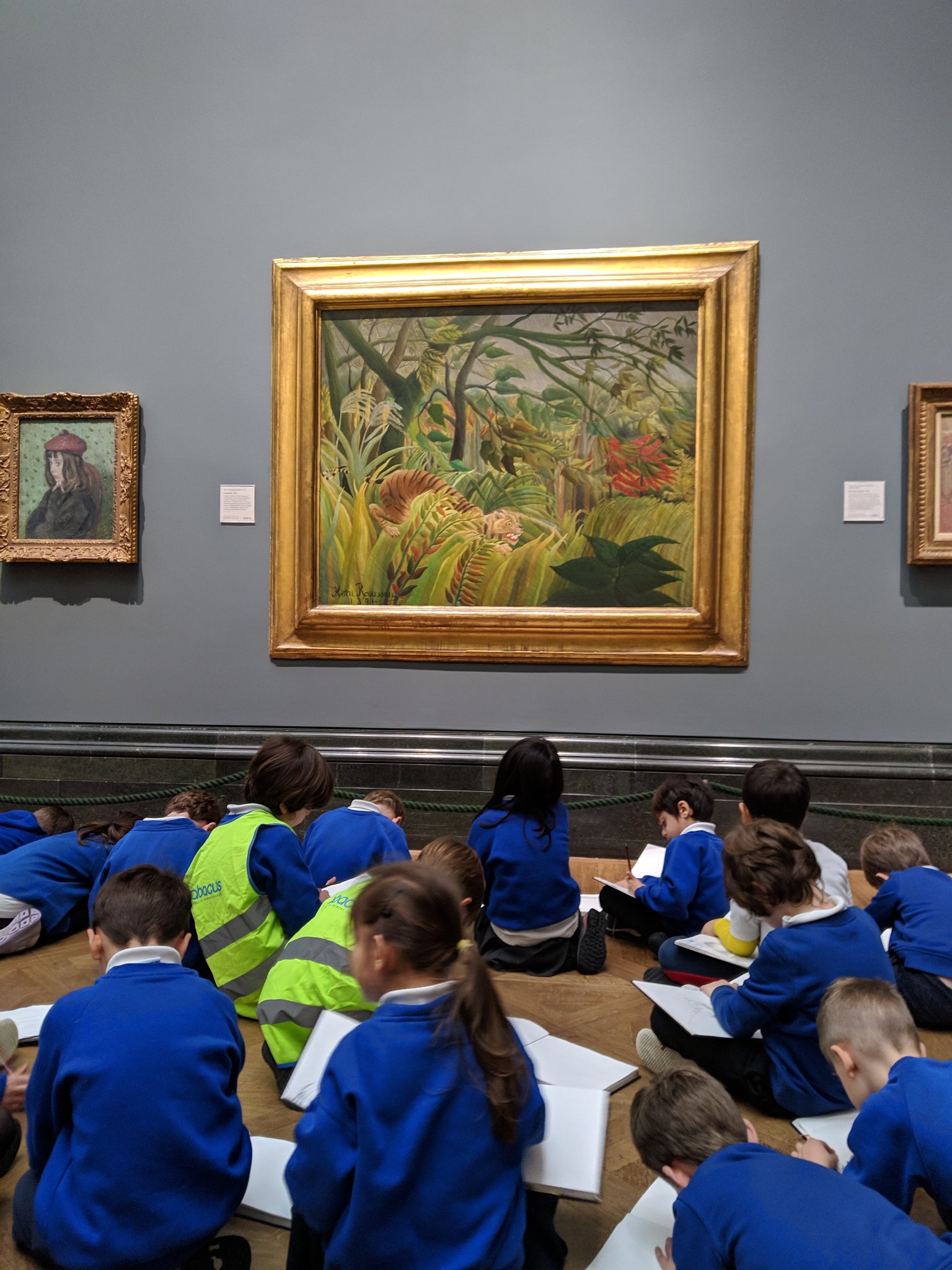
As a school we wanted to give our children more opportunities with art and so from Summer 2022 we have implemented a new curriculum. The Access Art curriculum document is linked below.
Impact
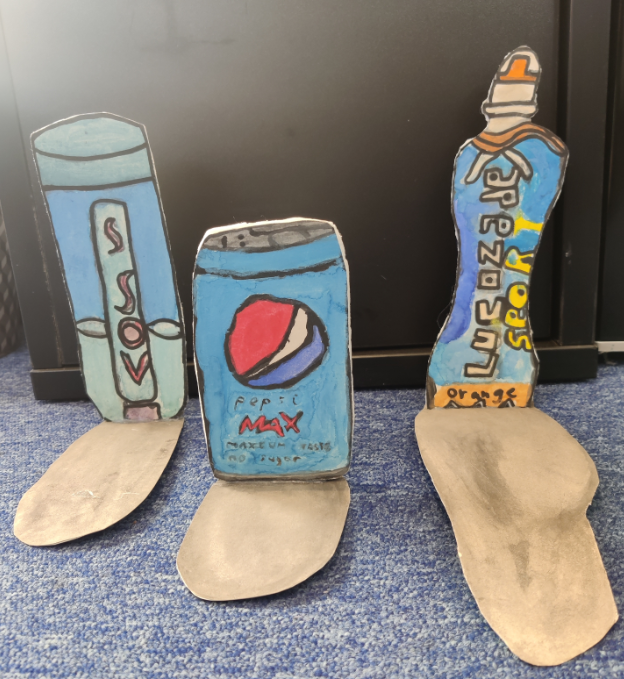 Assessment
Assessment
Teachers use formative assessment during art sessions to evaluate children's skills and target support during the lesson and planning for further support in future lessons using a range of methods to develop and build upon taught skills and close gaps in understanding. A clear sequence of learning builds within each unit and from previous units to a final outcome. Staff use teacher judgement, children's outcomes and an evaluation grid to track children's development in art. Subject leads use this information to support and inform and adapt where necessary. Outcomes are recorded in floor books, sketch (art) books and in physical outcomes displayed in the classroom and throughout the school.
THRIVE-ing in Art
"If we don’t understand, our teachers repeat it. We make sure we use our discussion guidelines, so we are good listeners." - Year 1 pupil.
"In year 2, we did continuous line drawing and now we're using it in year 3, which makes the learning stick. We drew Mr Elgar! I remember how the artist used charcoal to go over her mistakes. That gave me confidence to make mistakes." - Year 3 pupil.
"Teachers help me by helping me to fill gaps in my knowledge before I learn something new." - Year 4 pupil.
"Art gives us the opportunity to be creative." -Year 5 pupil
"When we find it tricky, our teachers make suggestions and reassure us, so we know it’s ok to make mistakes." Year 5 pupil.
"We can use our visual notes and our previous learning to help us remember more." - Year 5 pupil.
EYFS
Children in reception investigate art through the specific area 'Expressive Arts and Design'. and the prime area 'physical development'.
Through focus groups and free-play activities in the learning environment, children are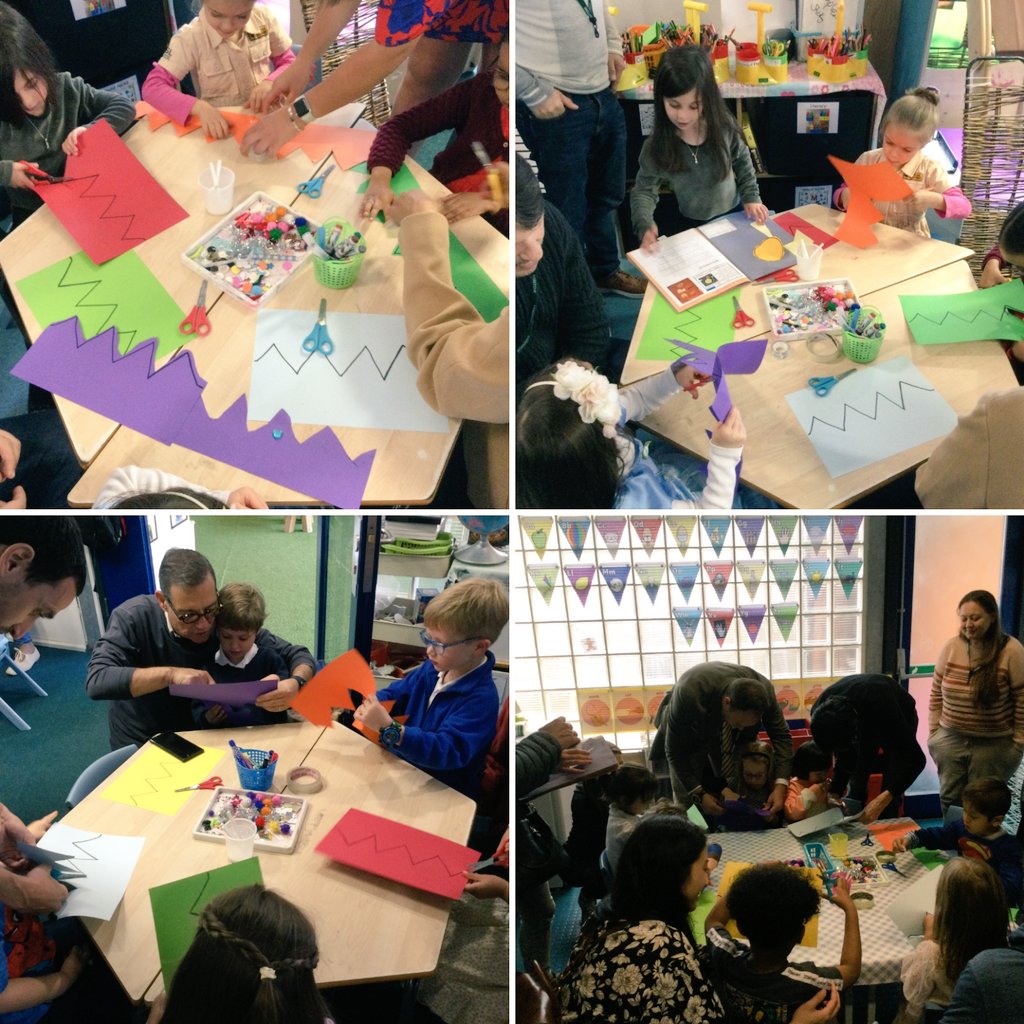
Examples of art in EYFS:
- collage using a variety of materials
- experimenting with colour mixing
- finger painting and hand printing
- construction using junk modelling
- creating sculptures using clay, plasticine, salt-dough or play dough
- stamping using a variety of materials
- abstract painting- using marbles and other materials
- chalk drawings on the playground
- cutting and sticking
- leaf and object rubbings
- exploring patterns

